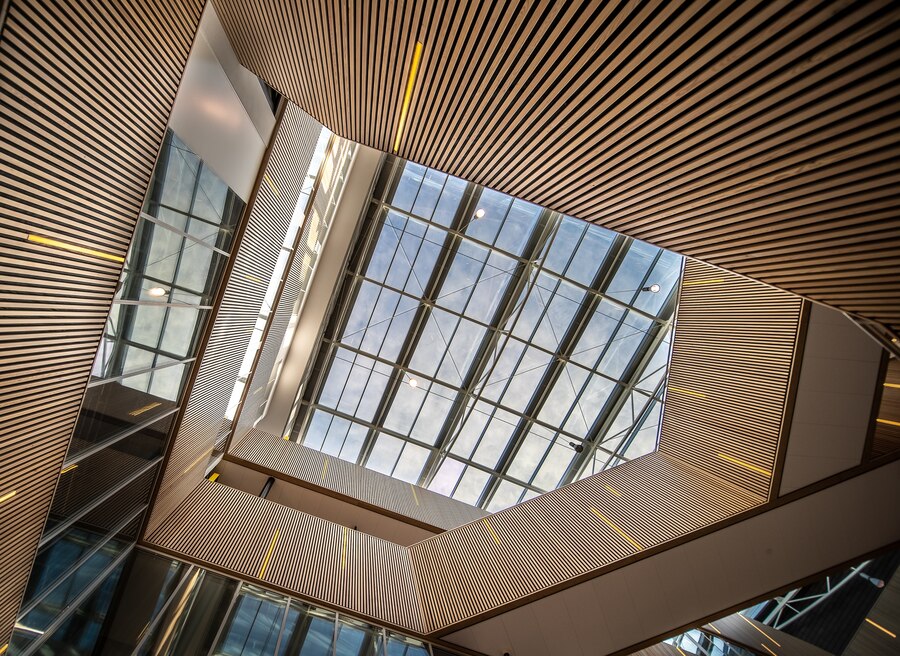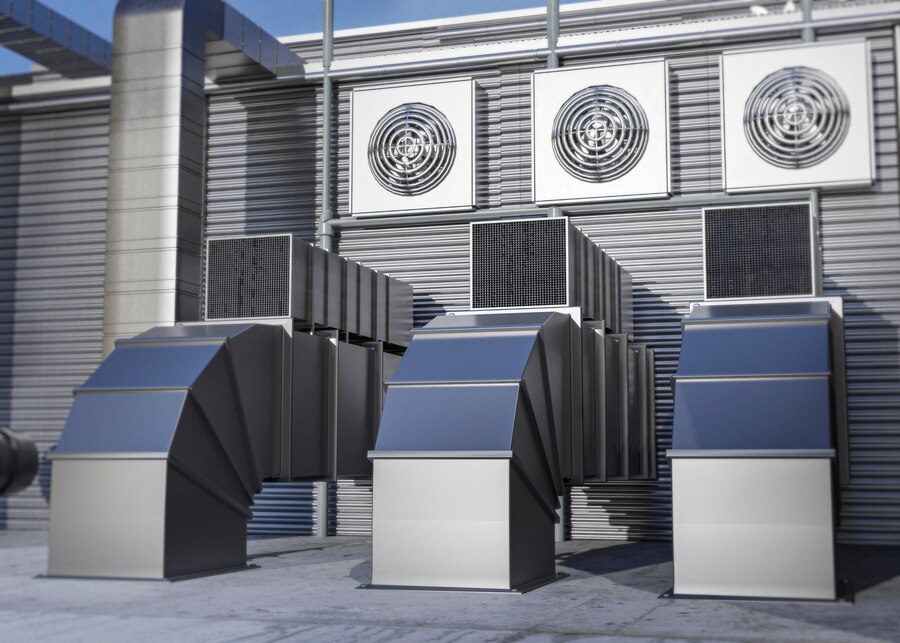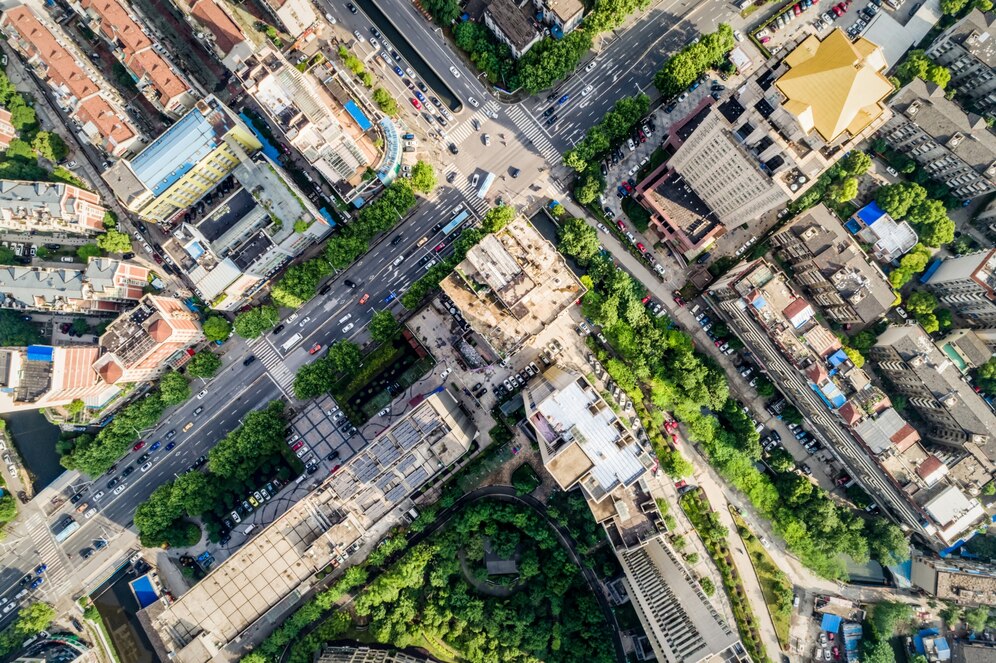knowledge
sharing
This Knowledge Sharing section provides a comprehensive exploration of sustainable design principles, focusing on the creation of energy-efficient and environmentally responsible buildings. Topics covered include climate-responsive design to ensure optimal thermal comfort while reducing energy consumption, along with the importance of effective building envelopes for enhanced insulation and air quality. The course also addresses HVAC systems for improved efficiency and air circulation, as well as strategies for maximizing daylighting and implementing sustainable lighting solutions to reduce energy use. Water efficiency techniques, eco-friendly building materials, and the impact of urban areas on sustainability are also explored, equipping learners with the tools to create resilient, green buildings for the future.
01 - climates
This course explores the intricate relationship between climate and architectural design. Students will learn to analyze climatic factors, understand their impact on building performance, and apply sustainable design principles to create energy-efficient and comfortable buildings.
02 - thermal comfort
Thermal comfort is a fundamental consideration in architectural design, encompassing the conditions that ensure occupants feel neither too hot nor too cold within an indoor environment. It is influenced by a complex interplay of factors, including air temperature, humidity, air movement, and radiant heat exchange, which together affect the human body’s heat balance.
03 - building envelope
The building envelope is a critical component of architectural design. It encompasses the walls, roof, windows, and doors, that have a pivotal role in regulating energy flow, thermal comfort, acoustics, and daylight penetration within a building. The design and performance of the envelope are influenced by a range of factors, including material properties, climate, and the specific functional requirements of the space.
04 - daylighting
Daylighting is the practice of using natural light to illuminate indoor spaces, reducing the need for artificial lighting. This can be achieved through various architectural techniques, such as strategically placed windows, building orientations, reflective surfaces, and shadings. The goal of daylighting is to enhance visual comfort, reduce reliance on artificial lighting, and improve the overall ambiance and energy efficiency of a building.
05 - sustainable lighting
Sustainable lighting in architecture is a vital aspect of creating energy-efficient, environmentally responsible, and human-centered built environments. It involves the strategic use of natural and artificial light to minimize energy consumption, reduce environmental impact, and enhance the well-being of occupants. Sustainable lighting design integrates principles of daylighting, energy-efficient technologies, and smart controls, aiming to optimize light distribution while maintaining visual comfort and reducing reliance on artificial sources.
06 - HVAC
HVAC (Heating, Ventilation, and Air Conditioning) systems are integral to the design and performance of modern buildings, playing a crucial role in maintaining indoor air quality, thermal comfort, and energy efficiency. In architectural design, the integration of HVAC systems must consider factors such as , examining the technical principles, design strategies, and emerging technologies that drive innovation in creating environmentally responsible, energy-efficient, and occupant-friendly built environments.
07 - water efficiency
Water efficiency in architecture is a crucial aspect of sustainable design, focusing on reducing water consumption and maximizing the reuse and recycling of water within the built environment. By prioritizing water efficiency, architecture can contribute to the reduction of environmental impact, lower operational costs, and enhance the resilience of buildings in the face of global water scarcity challenges.
08 - building materials
Building materials are fundamental to the practice of architecture, influencing not only the aesthetic and functional qualities of a structure but also its environmental impact, durability, and energy efficiency. As architectural design evolves, there is an increasing emphasis on selecting materials that are both environmentally responsible and technologically advanced, aiming to reduce carbon footprints and promote resource efficiency.
09 - urban areas
Urban areas are dynamic and complex environments that present unique challenges and opportunities for architectural design. The growth of cities has led to the development of densely populated spaces where the built environment must address a wide range of factors, including sustainability, accessibility, social interaction, and environmental impact. Architecture in urban areas involves the thoughtful integration of public and private spaces, transportation networks, green infrastructure, and building systems to create cohesive, livable environments.
10 - green building in Indonesia
Green building bukan hanya solusi untuk mengurangi dampak lingkungan, tetapi juga memberikan manfaat ekonomi dan sosial yang signifikan. Dengan mengatasi tantangan dan menerapkan strategi yang tepat, Indonesia dapat mencapai pembangunan berkelanjutan yang sejalan dengan target NDC dan meningkatkan kualitas hidup masyarakat. Penerapan green building adalah langkah penting menuju masa depan yang lebih hijau dan berkelanjutan.










